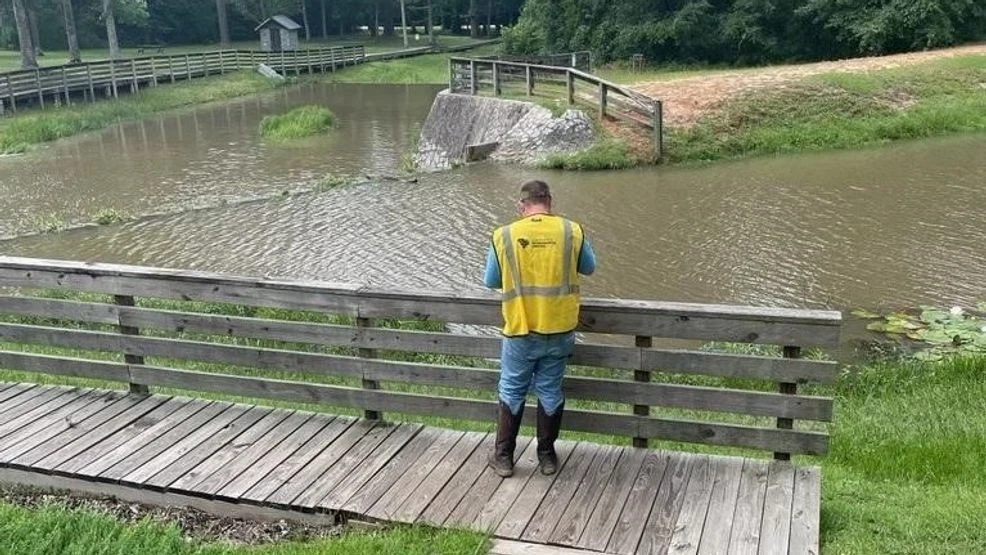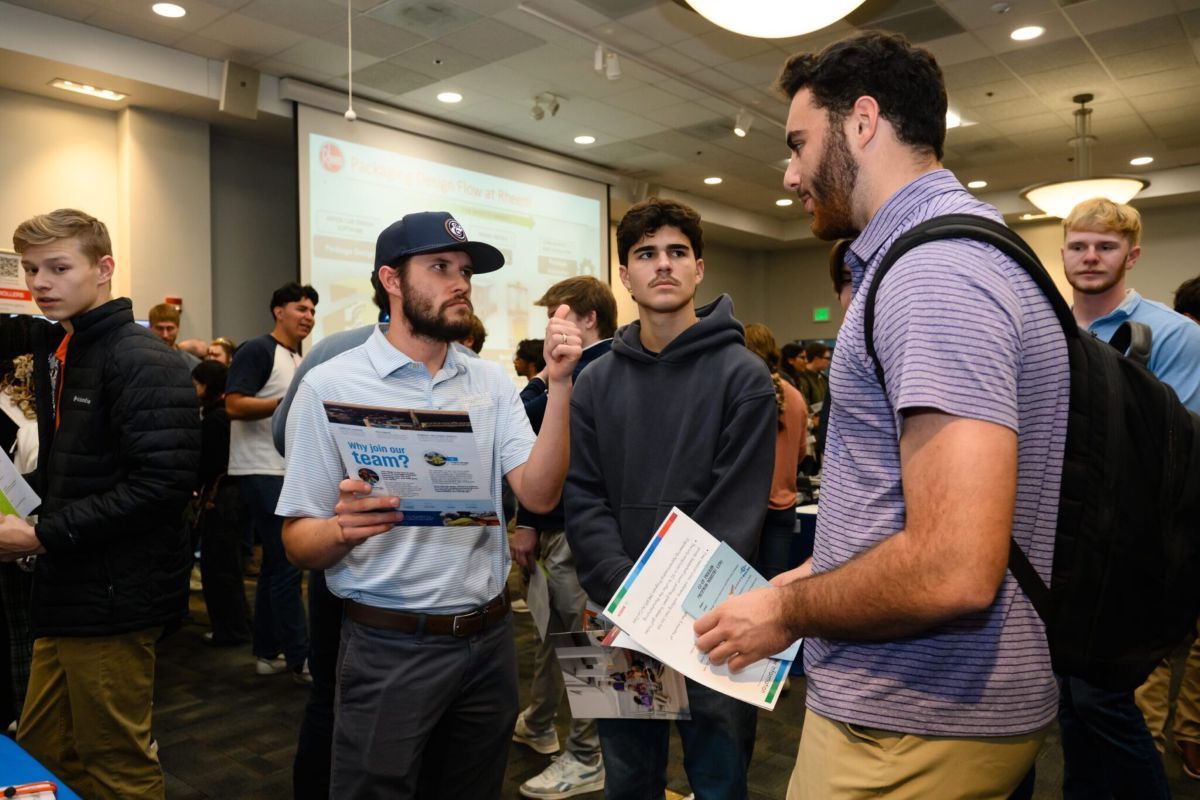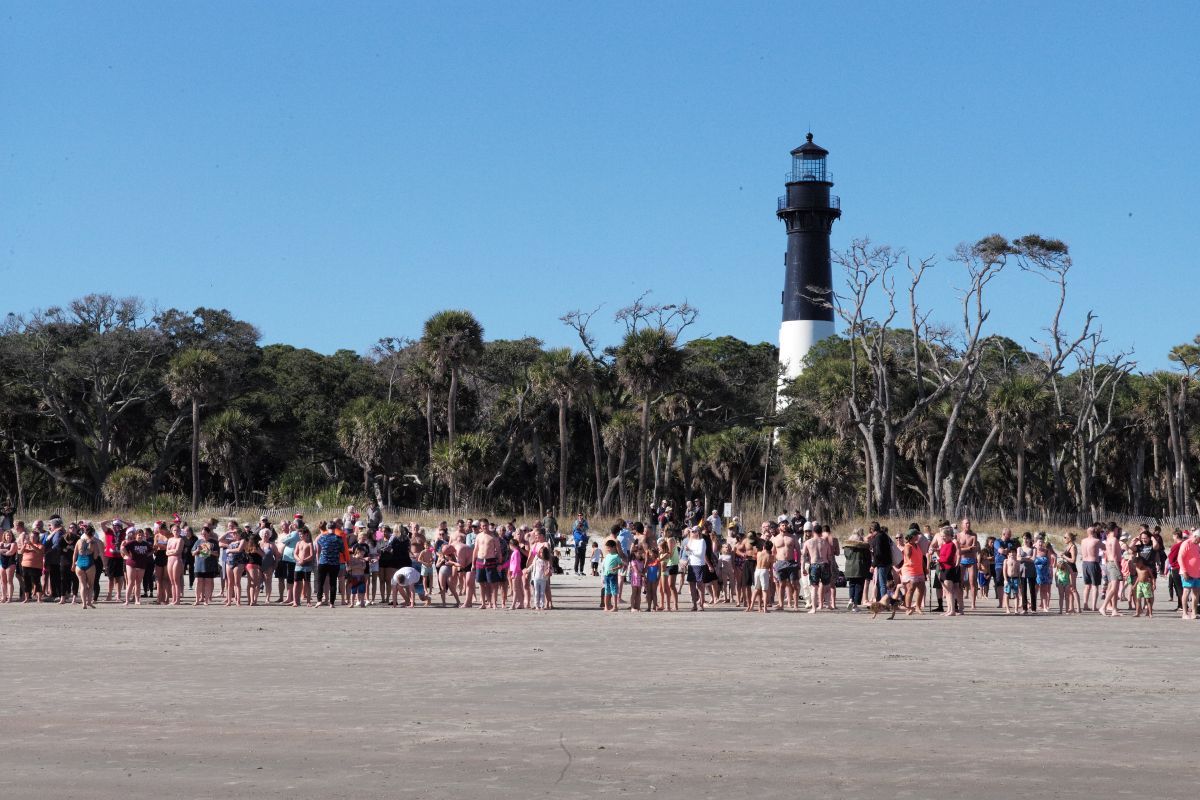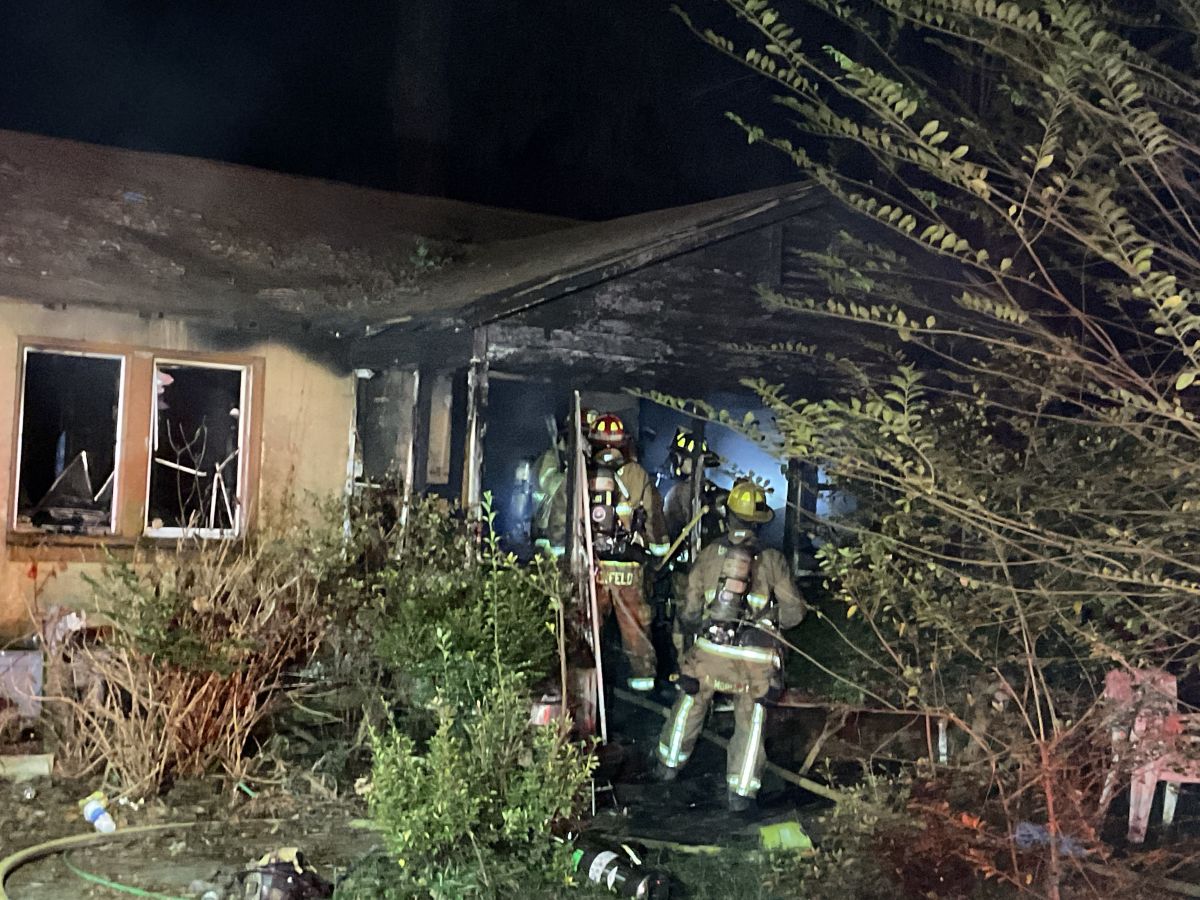New program set to launch in October with $1.5M toward fixing dams, including those damaged during Tropical Storm Debby
By Skylar Laird
SCDailyGazette.com
COLUMBIA — A new state program will help landowners pay to repair their dams, including from damages left behind after Tropical Storm Debby pelted the state with rain, flooding rivers and stressing dams.
The program, created as part of this year’s state budget, will have $1.5 million available for dam owners to cover at least a portion of what it costs to fix problems found by state inspectors, whether caused by this most recent storm or not.
“If we have damage to dams because of this system, I’m excited to have that there so we can get repairs done,” said Rep. Russell Ott, a St. Matthews Democrat who sponsored the budget clause.
However, the amount is unlikely to go far. There are no estimates on how many dams the program could help fix. That will depend on how many people apply and the extent of needed repairs. But costs can run into the hundreds of thousands of dollars — or more — depending on a dam’s size and design.
The money is meant for dams deemed high or significant hazards, meaning that if they broke, they would risk significant property damage or loss of life. The grants will cover up to 75% of the total cost.
The application process is still in the works. Policies, criteria and guidance for the program are set to be complete by Oct. 15, department spokeswoman Laura Renwick said in an email.
“The new South Carolina Dam Safety Repair Assistance Fund will provide a much-needed grant opportunity to correct deficiencies at our high and significant hazard dams,” Renwick said.
Just more than 2,000 of the 2,200 dams the state oversees are privately owned, according to the Department of Environmental Services. State and local governments, or some combination, are in charge of the rest. Of the total inspected by the state, 826 are considered dangerous to life and property if they rupture, according to the agency.
By law, whoever owns the dam is legally responsible for it. That means that when dams need repairs, private owners and homeowners’ associations are often the ones on the hook for costly repairs.
“We’re talking thousands upon thousands of dollars,” Ott said.
That was the case after the historic 2015 floods that inundated much of the state. Inspectors issued emergency repair orders for 75 dams, requiring inspections from engineers and plans for repairs and replacements that some dam owners couldn’t afford, The Associated Press reported at the time.
The number of dams needing repairs after Tropical Storm Debby is not yet certain. Environmental agency workers began Thursday inspecting high-hazard dams to see what damages the flooding left behind, Renwick said.
Many dams were already in bad shape before the storm.
About 37% of the state’s significant-hazard dams — which would damage property if they breach — and 31% of high-hazard dams, which would cause deadly flooding if they rupture, were in poor or unsatisfactory condition, according to the most recent data available. And that was four years ago. The 2020 report gave the last statewide assessment.
As Tropical Storm Debby threatened the coastline, with forecasts predicting 10 to 20 inches of rain across the eastern part of South Carolina, 19 dams raised particular concerns for state inspectors. Most were privately owned, and nearly all were high-hazard dams in poor condition.
Inspectors had previously found damage to some of those dams’ spillways, which release water downstream to keep the pressure off the dam. On others, the spillways weren’t enough to release water at a high enough rate to prevent damage. For others, it was the stability of the dams’ slope that caused the concern.
Leading into the storm, inspectors “didn’t identify any heightened safety concerns at any of those 19 dams,” Renwick said.
But the grant program is meant to ease those sorts of concerns. Dam owners often don’t realize their dam has problems until it’s too late. Inspectors may point out costly repairs that don’t affect the day-to-day life of the dam but can be catastrophic when a flood hits, Ott said.
“It’s not like a car,” said the Calhoun County farmer. “When you’ve got problems with your car, you know you’ve got problems with your car.”
Along with repairing damages due to storms, the money will go toward preventative fixes so that residents and inspectors aren’t rushing to pinpoint emergency situations in the face of an oncoming storm. It will also help people who want to remove their dams entirely and restore the creeks they stopped, Ott said.
He’s been trying to get his colleagues to approve the program since the catastrophic floods of 2015, when dozens of dams ruptured amid a deluge of up to 2 feet of rain in some places from Hurricane Joaquin. That storm never came ashore but directed what federal authorities called a “fire hose” of tropical moisture directly at the state.
That’s not to say dam owners have had no assistance available. In recent years, the state has gotten millions of dollars through a Federal Emergency Management Agency grant. Since 2019, the state has gotten more than $8.4 million, most of that as part of a wide-reaching federal law funding infrastructure projects, to help repair high hazard dams.
But private owners can not apply for that money unless they find a nonprofit or local government to sponsor their request, according to the department.
Over the coming years, Ott said he hopes to see the state invest more money into helping private dam owners. After all, the flood-prone state is likely to need it every hurricane season, he said.
“It’s going to happen again,” Ott said. “We’re going to continue to have flooding. We’re going to continue to have lots of water coming down these stream segments.
“But I hope we’ll be able to feel safe knowing private dams are in good repair on these stream segments,” he said.
Skylar Laird covers the South Carolina Legislature and criminal justice issues. Originally from Missouri, she previously worked for The Post and Courier’s Columbia bureau.
S.C. Daily Gazette is part of States Newsroom, the nation’s largest state-focused nonprofit news organization.








